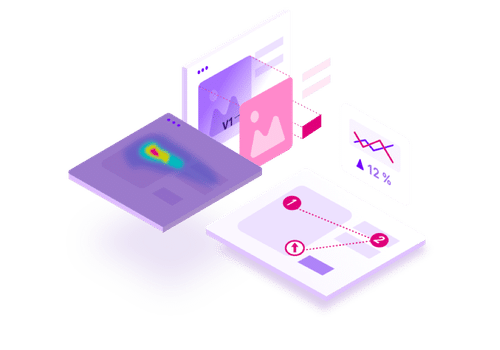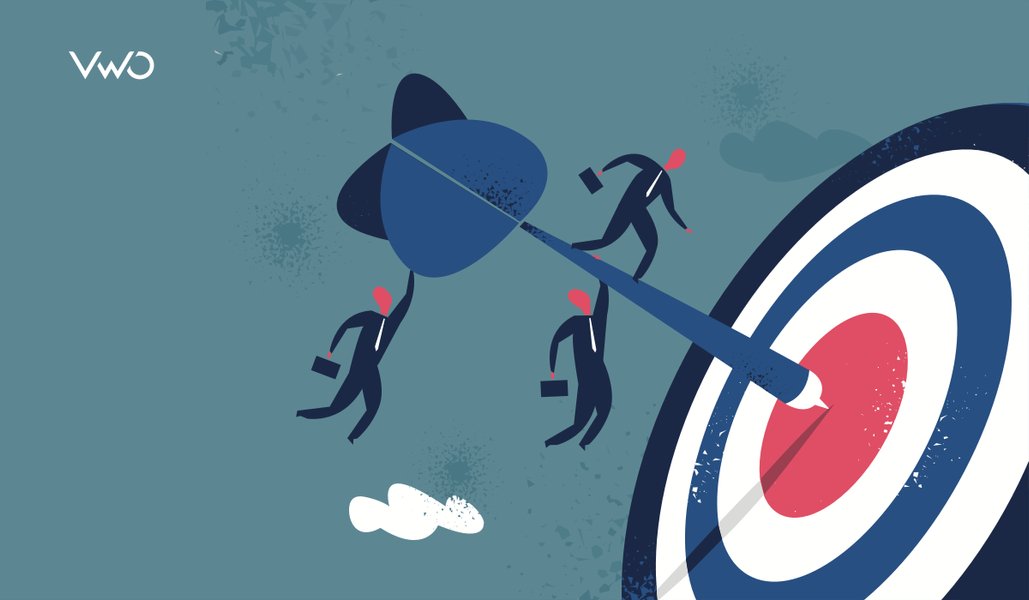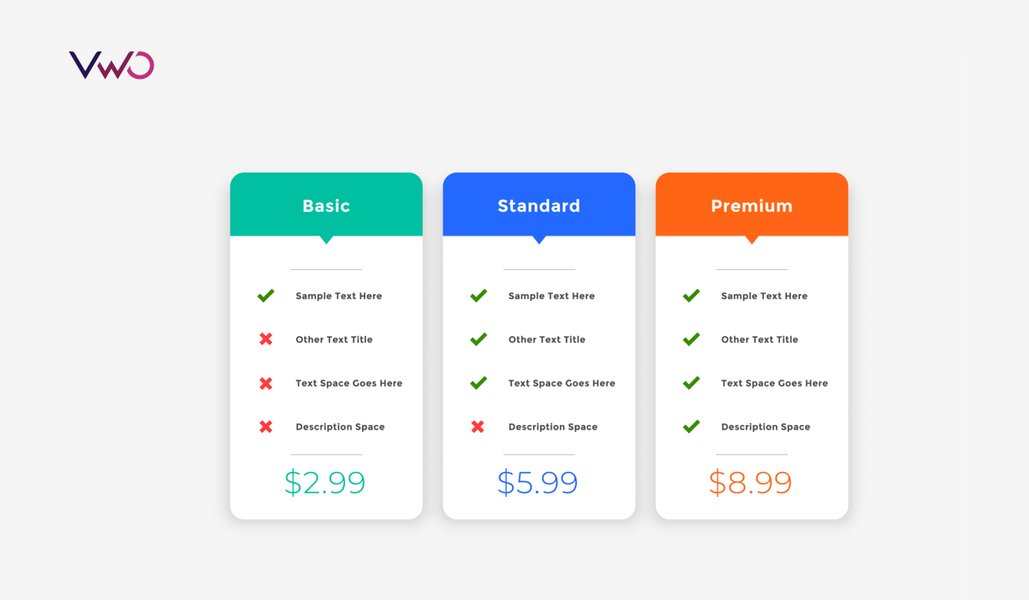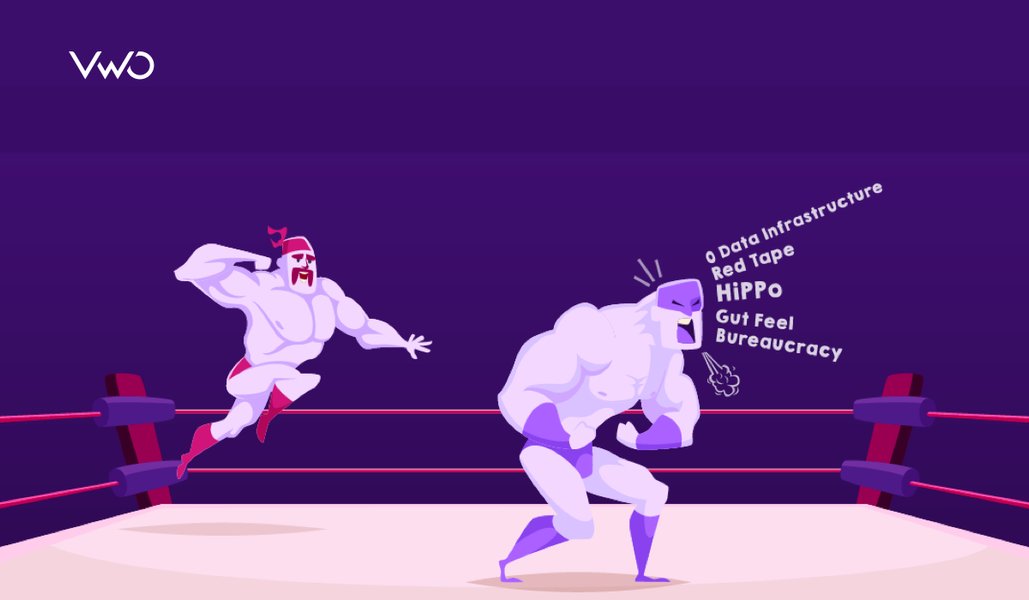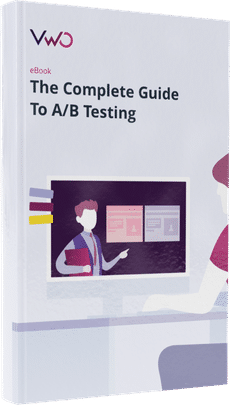11 Statistically Proven Methods To Increase Your Website Conversion Rate
Conversion rate is a function of your website usability, trust in your brand, relevancy of the incoming traffic, and a myriad of other factors. To ensure you are getting the most bang for your marketing buck, continuously optimizing your website for improved conversions is a no-brainer. However, you might often find yourself in a pickle when it comes to devising a step-by-step strategy that actually delivers worthwhile results. To help you get started, this blog post shares 11 statistically proven tactics that you can use to steadily increase your website conversion rate and improve your top line.
Download Free: Conversion Rate Optimization Guide

1. Define your site’s goals
Before setting out on your conversion rate optimization journey, it is important to set website goals that you want to measure conversions and optimize for. These goals could be any particular action that you want the visitor to take on your site that generates certain value for your business. Once you have created them, you must assess visitor behavior against these defined goals.
Below is a list of some of the most common conversion goals that you could set for various web pages:
- Page visits
- Form submits
- Click on links
- Clicks on elements
- Custom conversions
VWO Insights allows you to create goals as per your unique requirements and track visitor behavior for them so you can direct your website optimization accordingly and aim for improved conversions. For instance, if you want to assess how a CTA button on a particular landing page is performing, you can do so by simply assigning a goal for it.
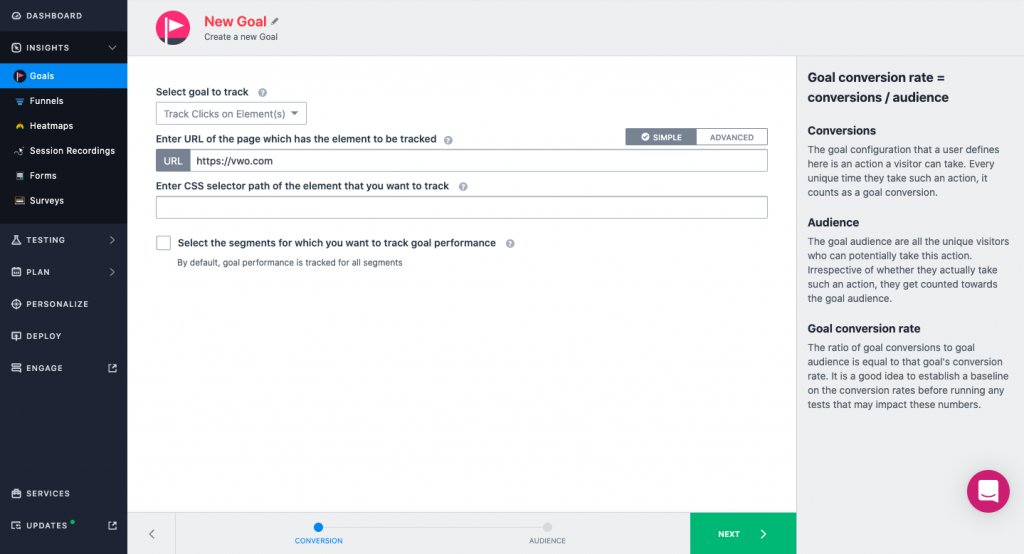
2. Collect and analyze visitor data
When it comes to CRO, it’s best to avoid assumptions and estimations, and rely solely on data for all decision-making.
Constantly track and analyze your website data to learn more about your visitors and their preferences. It’s this data that should inform you where to direct your optimization efforts.
Following are some key data points that you absolutely must track to understand your visitors:
- Data on traffic and traffic sources
- Details of user behavior on your landing pages
- Bounce and abandonment rates for web pages and forms
- Click-through rates of adverts and marketing campaigns
- Information on return customers and average order values
- Net promoter scores (NPS) or other customer feedback
Once you have collected quantifiable data, use it to create your user persona, which is a representation of your ideal user. This must highlight all valuable information about your target prospects and users, including their interests, likes, dislikes, goals, and pain points.

The combination of quantifiable data and your ideal user persona will help you devise hypotheses to run insightful tests to better understand what works and what doesn’t on your website.
3. Perform competitor analysis
To have a competitive edge over your rivals, you need to know what their strengths and weaknesses are. You can then use that information to highlight your USPs and strengths over your competitors’ weaknesses.
Also, keep in mind that people research their options before making a purchase. They’re going to check out your competitors and how you measure up to them. By performing competitor analysis, you also get to step into your customers’ shoes and pit yourself against your competitor just the way your potential customers would. You can then focus your efforts on ensuring yours is the best site and product range they’re going to find.
4. Assess your current conversion funnel
Before you set out to fix what’s broken, be sure to understand in detail what a typical user journey and conversion funnel on your website looks like. This will help you gauge where visitors are hesitating and dropping off and the plausible reasons as to why that may be so.
You can use VWO Insights to track conversion rates across your funnels and identify specific stages in the journey where users might be losing interest so you can accordingly optimize them. At each stage of the funnel, you will have a natural drop off resulting from people failing to take the next step in the funnel for multiple reasons. You can then decrease that drop off by devising solutions to those probable reasons to nudge people down the funnel, thus boosting your conversion rate.
For example, one of the stages where eCommerce stores focus their optimization efforts is checkout, where an average of 69.23% shoppers are known to abandon their carts. A higher conversion rate, however marginal, will be a significant contribution towards tackling this pressing issue. A prominent example of a site that has improved its eCommerce conversion rate by simplifying its checkout process is Amazon with the one-click checkout.
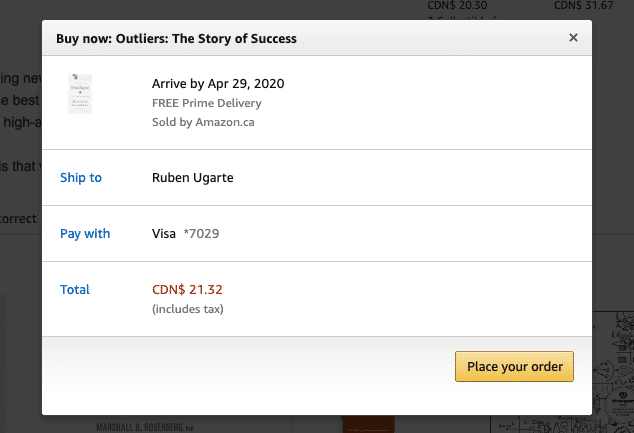
To understand and optimize your funnels, you need to assess what your site does to move potential customers through the set stages. How are you leading them to a conversion? Where do you lose most visitors? By learning these answers, you know where to focus your efforts to increase conversion rate.
Watch how to use VWO funnels to leverage visitor behavior.
5. Define and clearly highlight your value proposition
Your value proposition is a concise explanation of why a user should buy from or subscribe to your products/services over your competitors. Therefore, the first step towards getting visitors to convert is to clearly convey to them what sets you apart and why buying from you is a good decision. Clearly stating and reinforcing your value proposition through multiple site elements can work wonders for your conversion rate.
Your value proposition should come across through your headlines, images, and copy and should primarily feature your Unique Selling Point (USP). Repeated marketing experiments recommend that your USP should be summarized in 10 words or less.
Let’s take Evernote as an example of how they redid their value proposition to bring out their product USP.
Their original tagline was “Remember Everything.” It nicely described the benefit that users could gain, but not the functionality of the tool they offered. Below the tagline, they highlighted 3 product features that illustrated how their tool works.
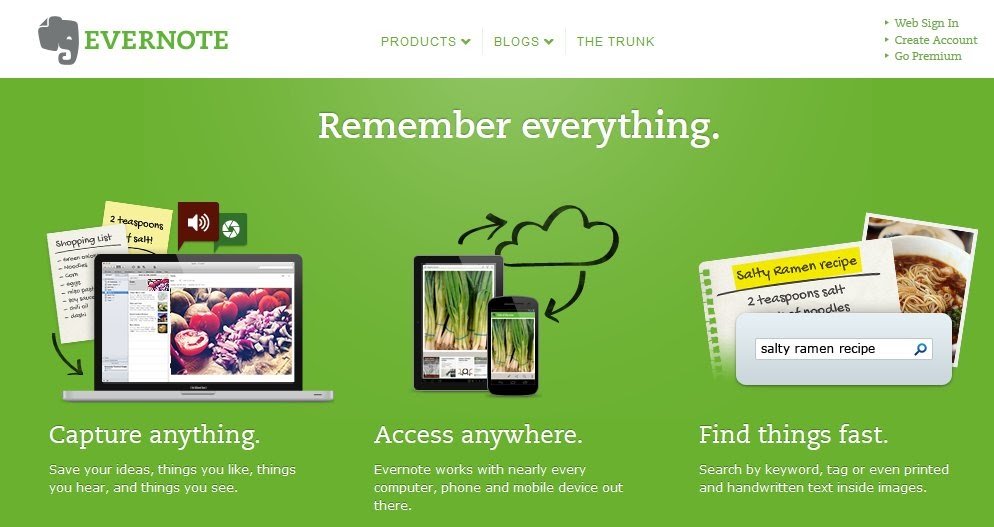
Here’s a look at their redesigned page:
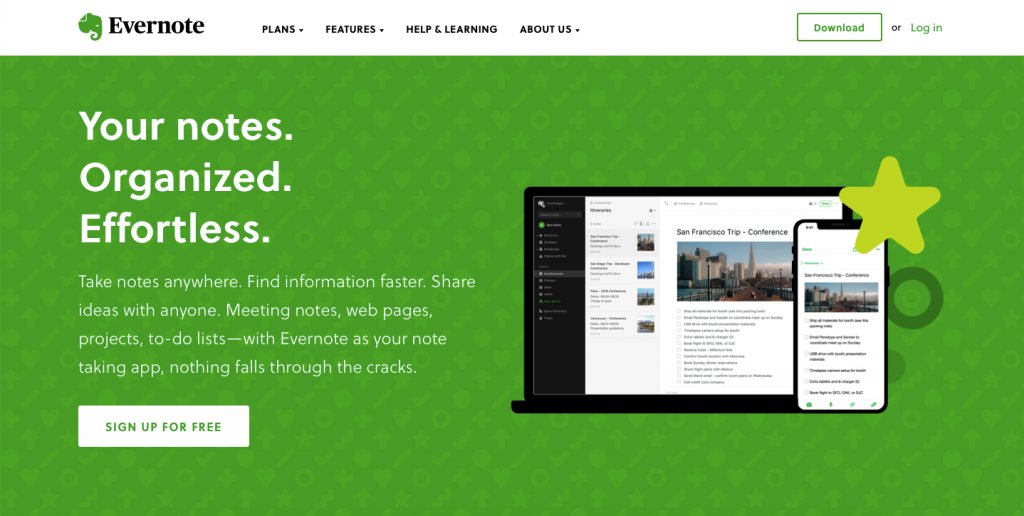
It’s a succinct tagline that arguably better describes the functionality of the tool, while the text underneath the tagline further builds upon the value proposition. Before deciding which one to go with, be sure to craft multiple headlines, and A/B test them to find out which resonates the most with your target audience and influences conversions.
6. Optimize layouts of your critical pages
If your conversion rates aren’t improving despite repeated efforts, it’s a sign that you need to introduce a radical change in your page. Try altering its design and layout based on insights from visitor data and best practices to see if your conversions get impacted. The principles of high-converting page design are based on a body of material and case studies that reveal how people use websites. Tools like eye tracking, scroll maps, mouse tracking, and clickmaps can provide you with insights on how visitors are browsing through your website. Use these to create a page that visitors love to engage with.
Download Free: Conversion Rate Optimization Guide
7. Apply sales copy best practices
Improving conversion rate is often about making your website sales copy more persuasive. Repeated case studies have shown that making even small improvements or tweaks to your copy can influence your conversion rate.
There are many elements of sales copy you can and should test; the most important one being the headline. David Ogilvy, the founder of the global marketing firm Ogilvy, was famously quoted as saying,
Five times as many people read the headline as read the body copy. When you have written your headline, you have spent eighty cents of your dollar.
Therefore, start by testing your headline and see if you can drive a noteworthy improvement in your conversion metrics.
Here’s an example from imsider.ru where they ran a simple test on the headline of their sign up:

By merely stating the time-specific benefit of their services, the headline on the right helped generate 9.52% more conversions over the one on the left.
8. Build trust with reviews and testimonials
If your potential customers don’t trust you, they’re not going to convert. To build trust, the low hanging fruit you can target is showcasing customer reviews and testimonials to increase your credibility.
Consider the VWO homepage, for example. It shares a customer’s success story along with their photo, review websites’ trust badges along with logos of well-known global brands that use VWO. All these elements add up to build trust and confidence among visitors in the credibility of the brand.
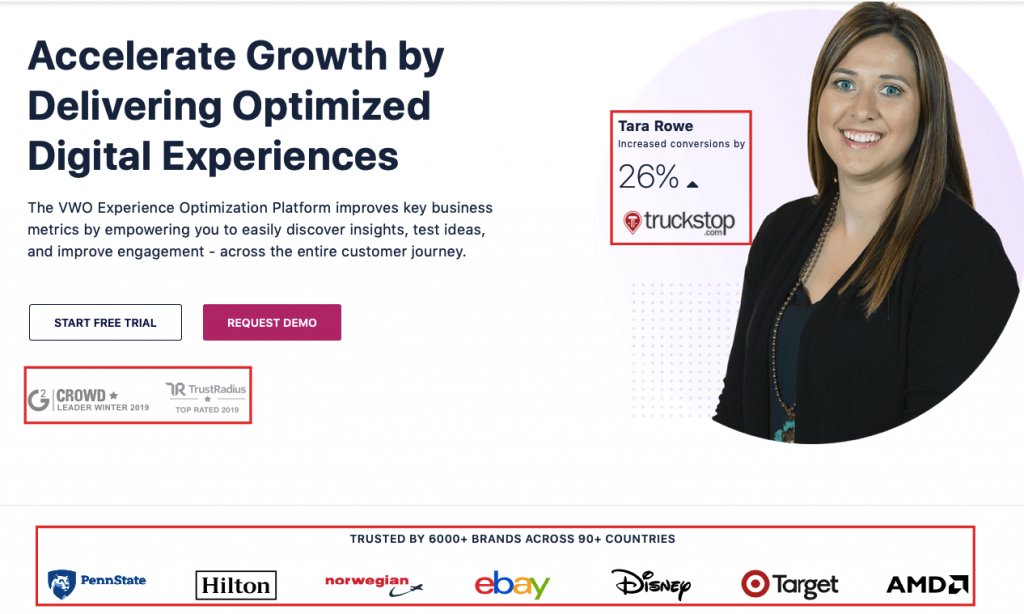
Research and multiple case studies have shown that visitors who interact with a review are 58% more likely to convert.
That’s a vast benefit to gain from merely popping some testimonials onto your pages. There is a lot to consider when experimenting with testimonials. The case study below for a sales page nicely illustrates how a change in the location of a testimonial can increase your conversion rate.
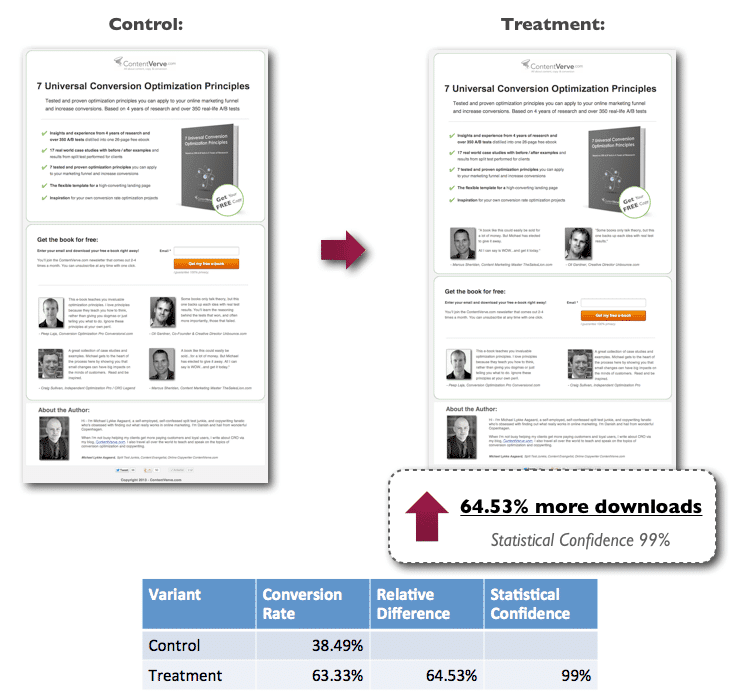
Of course, the way you use testimonials should relate to your goal. LKR Social Media, a VWO customer, used A/B testing to increase email signups. By using a testimonial for the headline, they got a 24.31% increase in conversions.
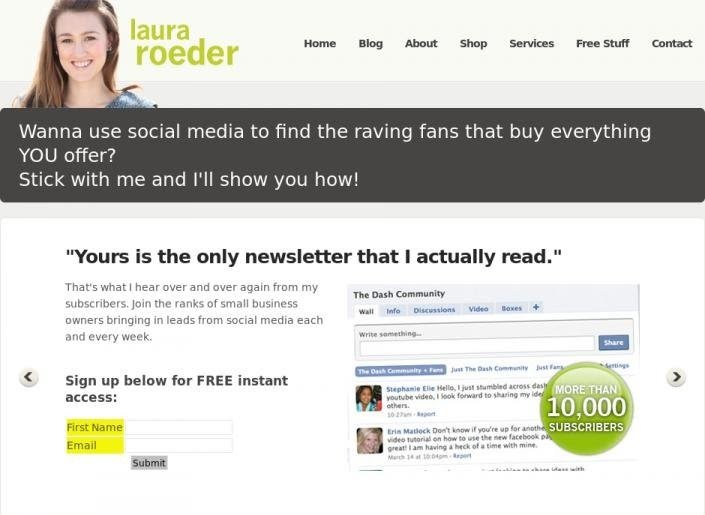
9. Make site navigation simple and seamless
Visitors land on your site with a purpose and your job is to make it as easy as possible for them to find what they are looking for. Make sure that navigating your website is intuitive and user-friendly to increase its usability, thereby nudging visitors to convert. You want to remove all friction in user experience and make it seamless for visitors to understand how to buy from you or otherwise convert immediately.
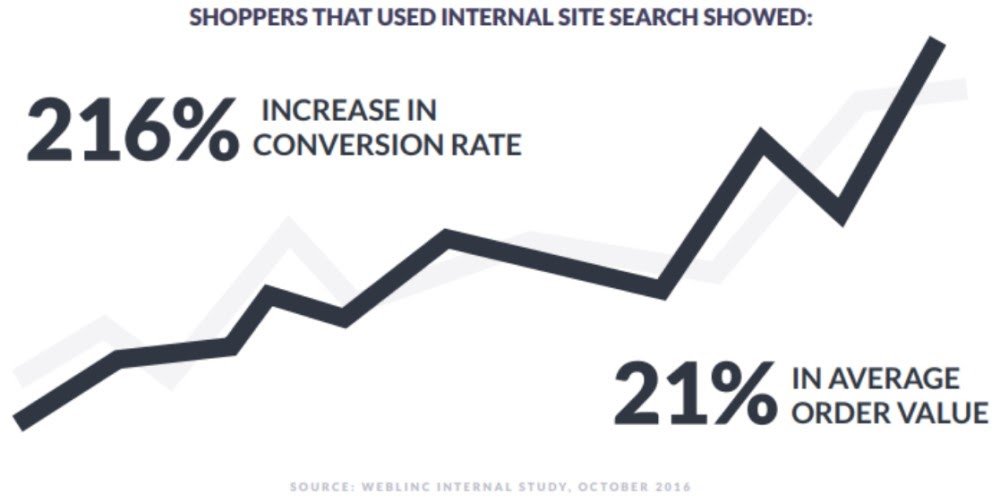
You may also want to consider adding a search feature to your site. Visitors who use an internal site search tend to convert at a much higher rate than those who don’t. That’s because the users of the feature are often people who already know the product or service that they want and have a much higher purchase intent. You don’t want these visitors to bounce from your site because finding that product wasn’t as easy as it could be.
10. Improve page load time
Pages that take too long to load get abandoned by potential visitors in short order. Such immediate abandonments can hit your conversion rates hard.
Research shows that you should shoot for page load times of no longer than four seconds. Even within that range, the shorter the time, the better for your conversions. Reducing your page load time will ensure fewer and fewer impatient visitors bounce before the site has loaded. Some ways to improve the speed of your pages include eliminating large images and leveraging AMPs.
11. Test everything before deployment
One of the most methodical ways to make data-backed optimizations to your pages and reduce risk is testing. When you make changes to your pages, you must track and assess their impact before deciding if they actually work well for your conversion rate. A/B testing allows you to pit your hypotheses against the original version of a webpage to find out which one positively impacts conversions so you can deploy it universally. This way, you will rely on your visitors to choose the one that resonates better with them and avoid making decisions based on assumptions. Try VWO Testing to create versions of your webpages to discover the best-performing ones that positively impact your conversion rates.
Conclusion
To increase your conversion rate is to improve your marketing ROI. The more visitors you convert, the higher is the impact you drive on your top line from your existing traffic. The tactics mentioned above are a great place to start to strategically improve your conversion rates. Having said that, keep in mind that some of these are likely to drive better results for your business than others. The important thing is to define your goals, gather data, and continuously run objective tests to find out what resonates with your target audience.
Note: The author owns screenshots used in the blog.



